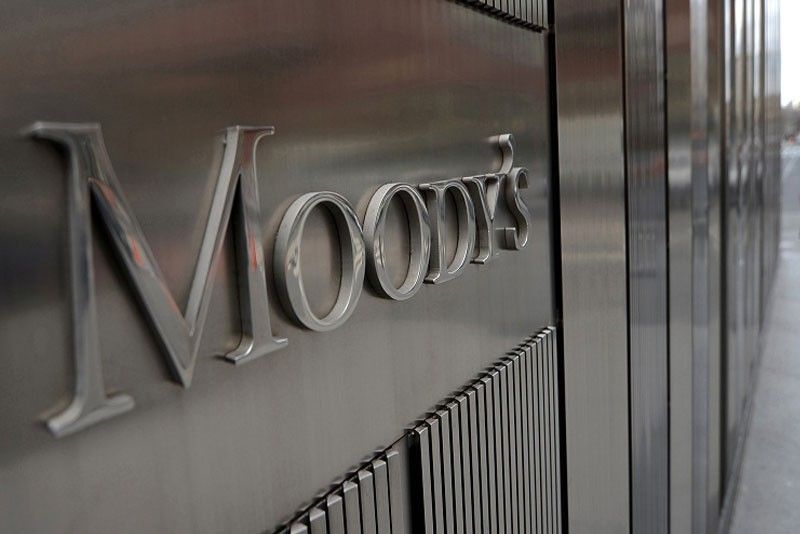Moody's keeps Philippines' investment grade rating

MANILA, Philippines — Despite economic shocks brought by the pandemic, the Philippines’ most-prized credit ratings are safe for now, securing another badge of creditworthiness from Moody’s Investors Service on Thursday who kept the country under investment grade.
The global debt watcher kept the country’s credit rating at “Baa2” — two notches below the coveted “A” grade — and left its “stable” outlook intact, meaning changes in the rating are unlikely in the next 18 to 24 months.
The latest action from Moody's is still a welcome development for the Duterte administration, which was forced to abandon its “Road to A” campaign to focus on its costly response to the coronavirus outbreak.
For Moody's, the Philippines' history of "prudent economic and fiscal management" will cushion the country from a build-up of government borrowings, which has been on a rise since March as economic managers turn to debt to fund the state's pandemic response all while revenues plummet amid anemic economic activity.
"The rating affirmation and stable outlook reflect Moody's view that the fortification of the government's fiscal position in recent years provides a buffer against a rise in public indebtedness due to shocks such as the ongoing global coronavirus outbreak," Moody's said in a statement.
A credit rating is a measure of an entity’s capacity to settle its debts. The higher the rating, the better the perception of investors on a borrower. For most credit raters, an “A”-level rating represents the highest tier.
Central bank Governor Benjamin Diokno said the decisions of Moody's and other credit rating agencies cement the government's view that the health crisis "hit the Philippines from a position of strength." Among the so-called "Big Three" debt watchers, S&P Global Ratings puts the Philippines a notch below A while Fitch Ratings matches the rating and outlook given by Moody's.
"The Philippines continue to defy trend. As of end June 2020, Moody’s has downgraded the credit ratings of 18 sovereigns and revised to 'negative' the outlook on the ratings of 27 sovereigns," Diokno said in a statement.
"While the economy will contract this year, its prospects for a strong rebound next year and future years are bright," he added.
'Sharp economic contraction'
In its assessment, Moody's recognized the health crisis' impact on the economy, which began to show in the first quarter after the country's gross domestic product shrank 0.2% year-on-year, a first since the final three months of 1998.
That said, Moody's expects a "sharp economic contraction" of 4.5% this year that, if realized, "will undermine the Philippines' fiscal strength somewhat by contributing to a sharp drop in revenue, raising the government's debt burden and weakening debt affordability."
For this year, the credit rater sees the Philippines debt-to GDP ratio, a measure of how big of a burden government liabilities are to the economy, to jump 45% from a record-low 39.6% in 2019. Unless the country experiences a prolonged supply chain disruptions and drop in remittances, a major dollar source, Moody's said the economy could recover to 6.5% in 2021.
"The stable outlook reflects the view that the recovery from the acute shock posed by the coronavirus outbreak will restore rapid economic growth relative to peers, complemented by the stabilization and eventual reversal of the deterioration in fiscal and debt metrics," it said.
Looking forward, Moody's said a "sustained restoration" of economic growth and fiscal strength from the coronavirus shock could trigger a rating upgrade.
On the flipside, a "greater deterioration" of the country's fiscal health and reversal of reforms that have supported the economy could set off Moody's alarm bells.
A "material deterioration" of governance strength amid concerns over the Duterte administration's deadly war on drugs and perceived supression of political dissent is also a credit negative for the Philipines, Moody's warned.
- Latest
- Trending






























